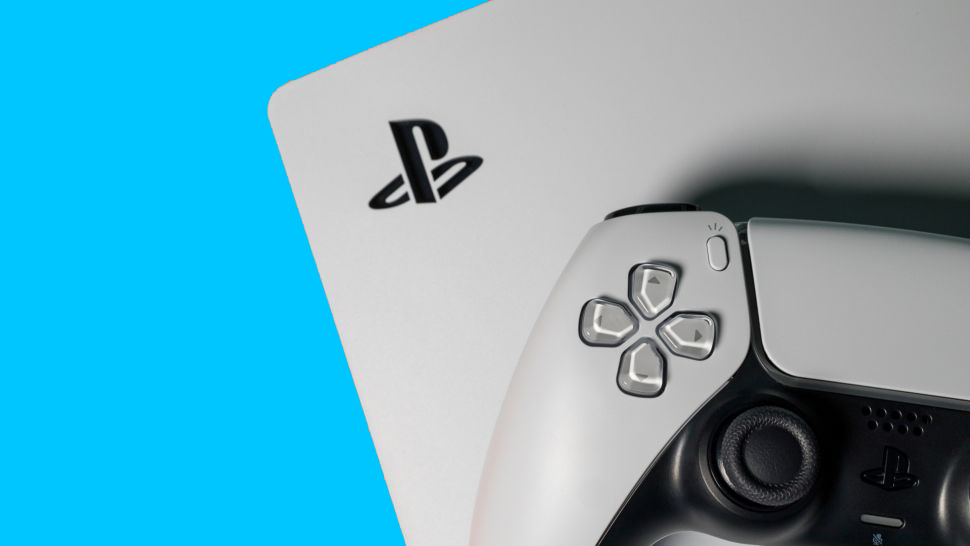"Covid was really the making of us": A day in the life of syn co-founder Chris Newell
How the "horrible time" of Covid ended up shaping Leeds agency syn.

Chris Newell is co-founder and creative director of syn, a creative marketing agency in Leeds. He has spent over 20 years working across fashion, financial services, FMCG and fitness for brands including adidas, Caterpillar, Vans, Asda and Gillette.
syn has grown from three people on a borrowed table in 2019, to a team of 34 in
an iconic old mill in Leeds, with a growing turnover of £5.5m, four and a half years later.
Before syn, Chris came from a Leeds based marketing agency, where he played a key creative role in helping drive the business from 50 people to a 250 strong global agency.
As part of our Day in the life series, I caught up with Chris recently to discuss how he's driven such impressive agency growth, as well as what advice he'd give his younger self.
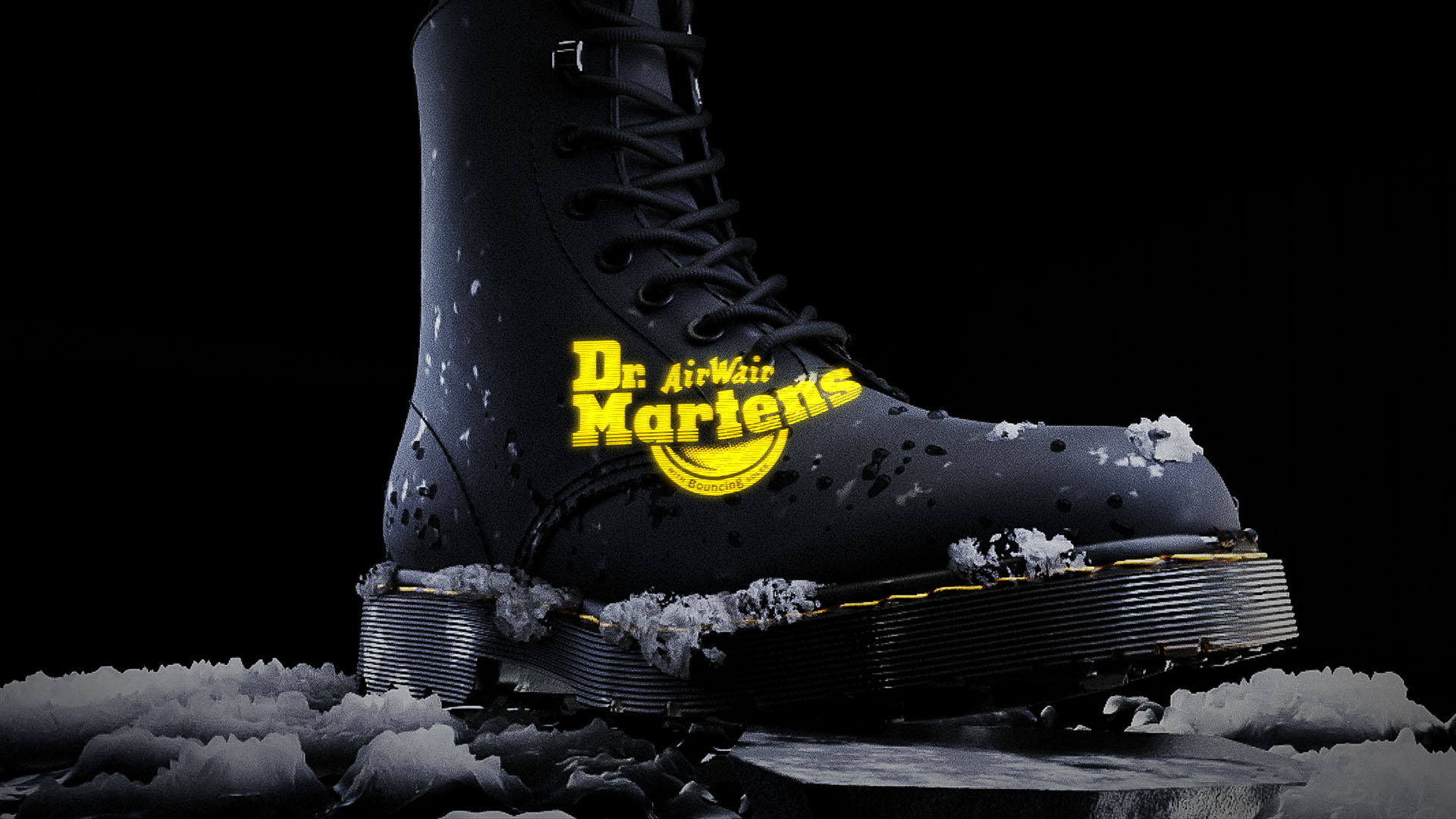
Tell me about a typical day in your role
My day usually starts by addressing any urgent issues that may have come up overnight or in the morning, and I might even take a call on my way to the office before 9am to handle any pressing matters before the day officially begins. Once I’m at the office, I’ll greet everyone and then check in with the creative team to ensure they understand any new projects they are working on and have everything they need to proceed.
Following that, I’ll do informal follow-ups on ongoing projects, reviewing any feedback I might have provided the previous day and discuss any necessary points. While moving around the studio, I’ll often get asked impromptu questions that help guide projects or provide direction to clients. Meetings typically start around 9:30 am, covering various topics such as client interactions, business strategies, or team-related discussions.
Throughout the day, there are milestone check-ins where the entire team working on a specific project gathers to review progress and provide aligned feedback for creative direction. By around 11:30 am, I finally sit down at my desk to go through emails and messages that require immediate attention. After clearing those tasks, I try to dedicate 1-2 hours of focused time on a priority project or upcoming deadline, while also addressing any team messages or emails to ensure project continuity.
Post lunch, there are usually one or two more scheduled meetings, followed by another session of focused work for a couple of hours if possible. Towards late afternoon, I quickly circle back to the studio for any spontaneous creative discussions or project alignments that may be necessary on-the-fly. As the day progresses, project presentations start coming in for final approval or feedback before they are sent out by the end of the day.
As the day winds down, my focus shifts to key projects with imminent deadlines, collaborating closely with the creative and client services teams to ensure they are on track and aligning creatively with the brief. This routine helps me stay organised and helps ensure projects are moving forward smoothly and efficiently. If there are any additional time constraints or resources that are necessary, we will have a discussion with Jo, our studio manager, who will collaborate with us to arrange the required time with the appropriate person and skillset.
Afterward, I will assist the creative team with any projects that require a final touch or provide final approval for anything that need to be sent to the client, printed, or produced. Just before I wrap up for the day, I will address any urgent messages or emails, review my calendar for the next day, and schedule any necessary tasks. Lastly, I will check in with any remaining colleagues in the office to ensure all is ok before heading home.
What was your early career like?
After graduating, I had the amazing opportunity to start a brand new agency with a fellow Graphic Design student and an entrepreneurial investor. The first few years were a major learning experience in many aspects. Without any prior industry experience, we were left to figure things out on our own. We had to quickly learn how to set up and use a Mac, as we had only ever used PCs before through college. Additionally, we had to familiarise ourselves with industry standard software, particularly Quark Xpress, which we had never used before.
We did everything from cold calling to attract clients, to pitching and art directing our first photoshoot, and even designing a 48-page catalogue for a well-known retail brand, all at a young age. But we were fresh and ambitious graphic designers – eager to make our break. One of the biggest challenges was mastering Adobe Illustrator and dealing with our first takeaway fuelled all-nighter to meet a print deadline.
At the age of 21, I transitioned into freelance work as a design consultant while striving to gain valuable agency experience. I knew that establishing myself in the agency world would be crucial for my career development, so I dedicated a lot of time and energy to achieving that goal, even if it meant working tirelessly until I got my first break as an art director in a Leeds agency.

Which project are you most proud of?
The recent campaign for Life Fitness Symbio was a unique opportunity to work on a cutting-edge new product range from scratch, working closely with client teams to create a captivating brand story and beautiful content. From the strategic naming of the range to the launch phases of the campaign, we've put a lot of effort into ensuring that the Symbio range stands out in the market for its innovation and retro-inspired design. Despite the challenges and complexities involved, collaborating with the Life Fitness industrial design team has been truly inspiring too, understanding their story behind the design and innovation, and translating this into a piece of work that we are all collectively proud of, and excited to see go fully live in 2024.
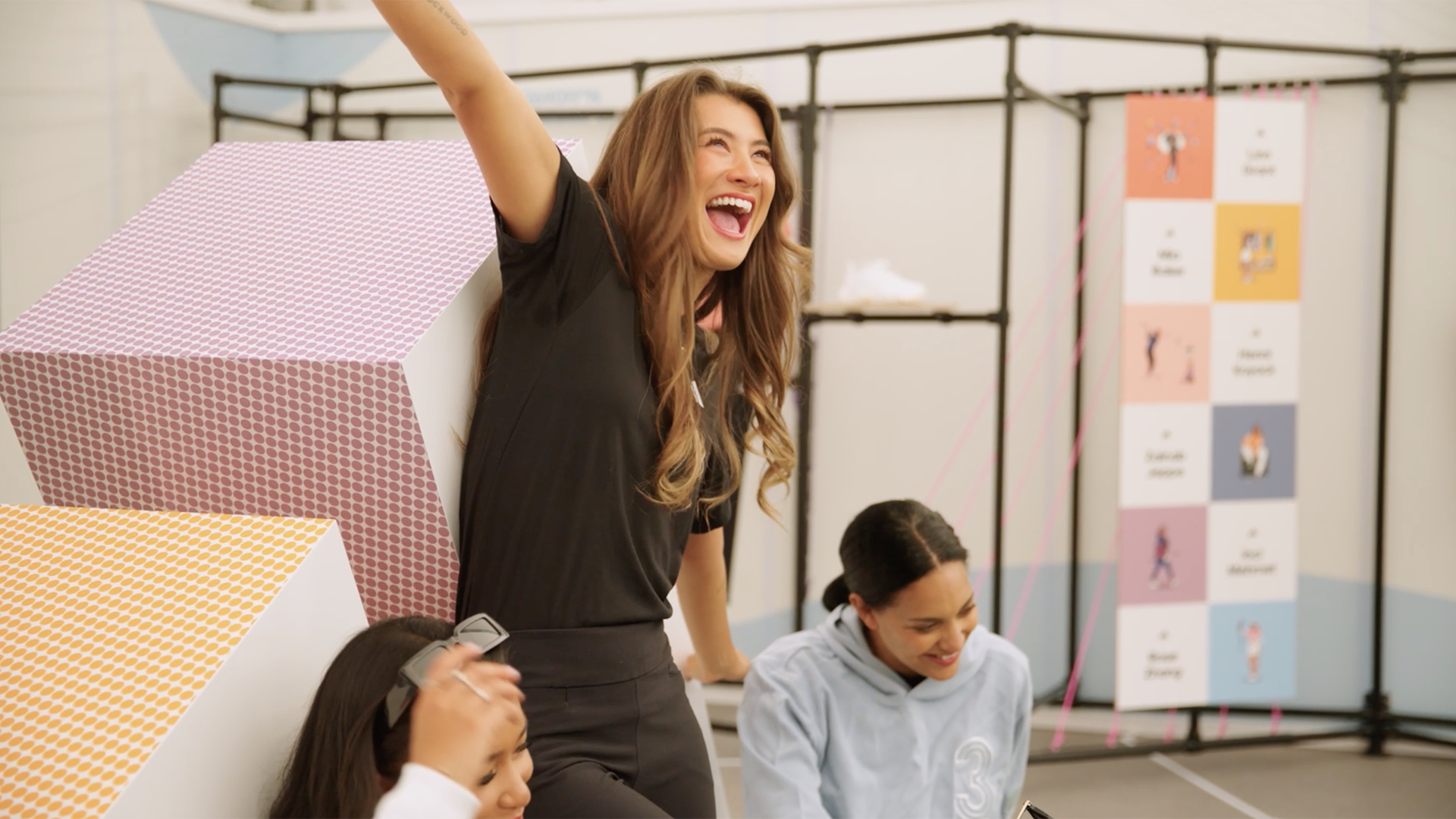
Tell me about a tricky work-related challenge and how you approached it
Year one of syn was certainly one of the most challenging. Working tirelessly to build an agency with its own credentials and then landing our first ever global client was a moment of celebration. But a couple of weeks into the project for this new client, Covid saw it disappear as lockdown set in, quickly followed by every other project that we had in the business. We had just employed our second full time synner and we had no work. But we took the opportunity of time to relook at our agency proposition and focus on creating new opportunities for when the world started to recover. This was really the making of the syn. we are today. And the drive and passion to do exciting work that we are proud of for global brands was what drove that commitment and was the key to our future success. Although Covid was a horrible time for everyone around the world, it was really the making of us and we came out of the other end a different agency entirely.
How did you help grow an agency from 50 to 250 people?
The agency I worked for was called Intermarketing and Communications Limited, also known as the adidas specific in-agency team, Name. When I first joined in August 2011, the setup was quite different. I had the privilege of working closely with a highly talented senior designer and creative director, as part of the creative retail arm of the business. Our team was small but close-knit, located in the attic of a building in Headingley. We worked side by side on retro black-ash desks that seemed straight out of a 1980s MFI bedroom set. At that time, our focus was primarily on smaller scale regional projects. However, as time went on, we collectively elevated our work through a hunger for more and took on larger, high-profile projects for adidas, such as the 2012 London Olympics, which was a fantastic experience and helped raise our profile within the adidas brand.
During my time at Inter', I had the chance to work with both the Performance brand (Sports) and Originals brands (Lifestyle), which eventually led me to spend a significant amount of time at adidas HQ in Germany. It was there that we focused on enhancing their creative retail presence and building trust with the brand as a whole, ensuring that our efforts resonated across all regions worldwide, by constantly improving our agency output and empowering the brand teams to roll out campaigns with global consistency.
Transitioning from managing one large-scale global retail campaign a year to overseeing 10+ campaigns specifically for adidas originals was a significant shift. As our team expanded and our relationship with the adidas team strengthened, we were presented with new opportunities to pitch for Above The Line projects. I eagerly embraced these challenges, resulting in successful wins that allowed us to move beyond retail-focused projects and into MarComms campaigns for adidas, complete with high-profile shoots in iconic locations like New York and Atlanta.
In the last few years of my role, I had the privilege of leading the Reebok focussed creative team. The resurgence of this brand, known for its disruptive sneakers and innovative sportswear technologies, provided me with the opportunity to tap into my nostalgic youth. By creating culturally infused campaigns and experiences that paid homage to the early 1990s, one sneaker silhouette at a time, I was able to infuse my love and passion for the brand into our work. This not only influenced the agency's creative direction but also opened up new avenues for delivering impactful campaigns for both the Performance brand (Reebok Delta) and Lifestyle brand (Reebok Classics) until the time I departed. And let's not forget the incredibly talented individuals who were part of the creative team, some of whom have since decided to join us at syn, further solidifying the impact of our collaborative efforts.
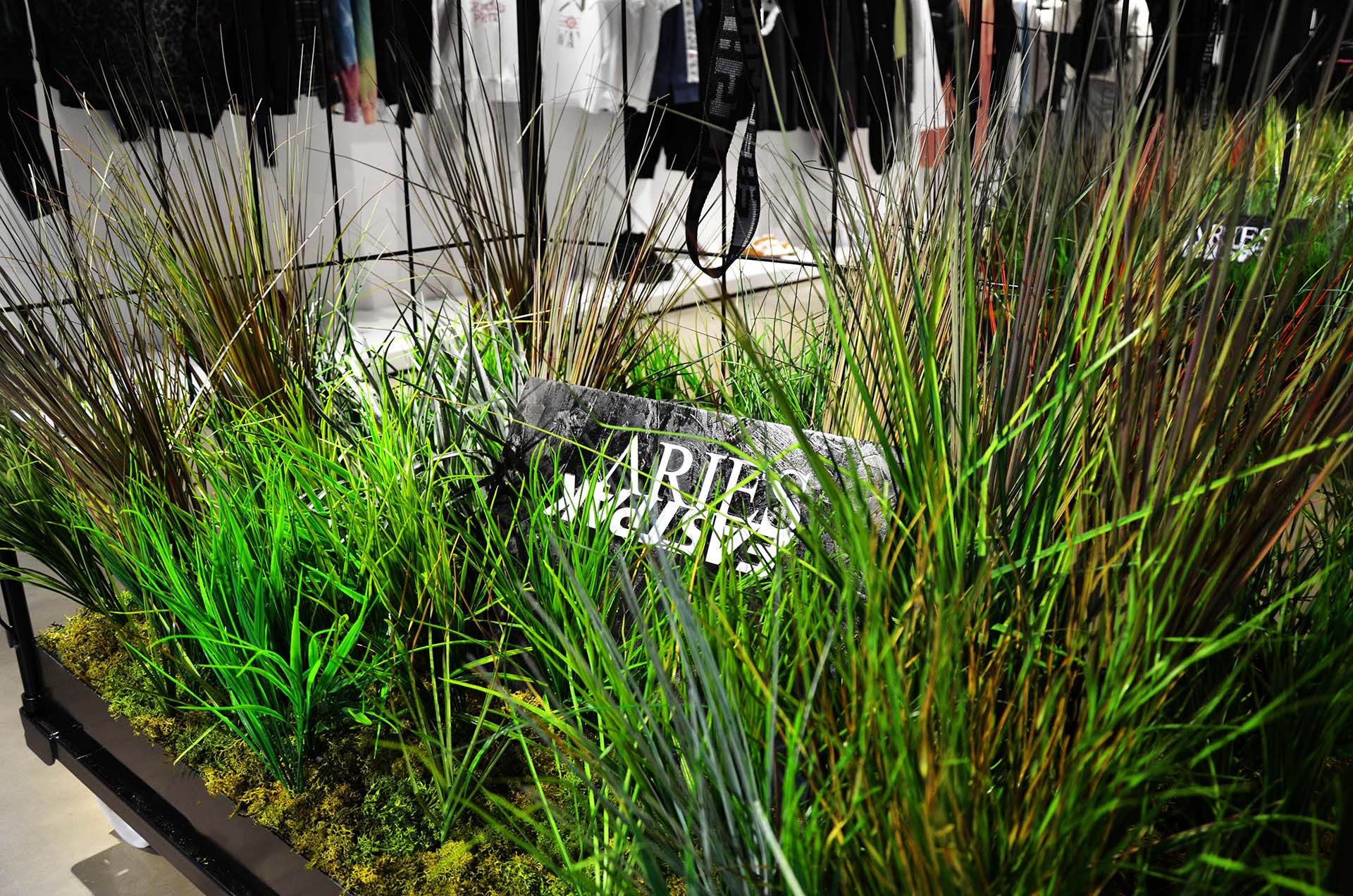
How have you used that experience to grow syn?
The identical mindset is ingrained in the way all three of syns' founders approach their work. When we established syn, we all came from the same background and gathered around my dining table on Good Friday 2019 to craft our first ever business plan. At that time, our certainty was limited to the fact that we possessed the passion, experience, and expertise to deliver exceptional results for globally recognised brands. All we required was the chance to showcase our abilities to any clients who trusted us enough to embark on the syn journey with us. Our intention was to provide the same level of excellence and dedication to their brands, and this has been our guiding principle from the very start.
Why did you choose the name syn?
syn encapsulated many important aspects that resonated with us. Coming from a background of working in a sizable agency, we understood that achieving success was dependent on creativity, teamwork, and effective communication. With its multifaceted meanings, syn perfectly captured the core of our mission – to establish an agency that embodies creative vision, fosters collaboration, and adopts a curator approach to our projects.
How can brands connect better with consumers?
Get to the core of what motivates consumers and embody it authentically. Establish a genuine connection with them on a personal, relatable, and emotional level that goes beyond just trying to make a sale, but rather focuses on sharing meaningful stories. Foster understanding, craft engaging narratives, and provide exclusive experiences that are not only original and thought-provoking but also inspiring. Offer unique content that is not only validated but also holds significant value to them.
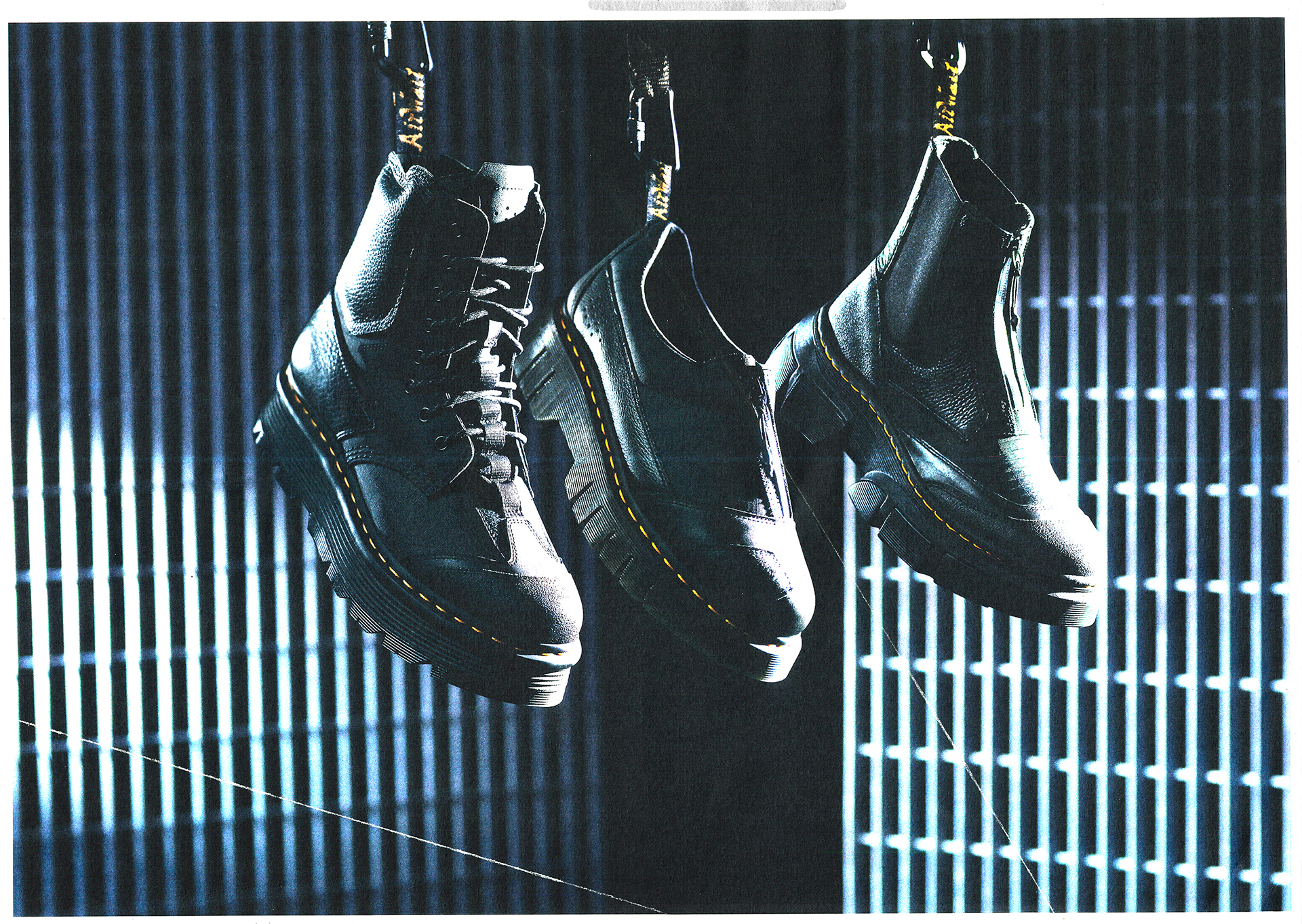
How inclusive is the design industry in 2024?
Diversity in the creative industry goes beyond the studio and the talent that agencies employ. It encompasses the idea of crafting creative and narratives that are welcoming and accessible to everyone. This means taking into account a wide range of perspectives, abilities, and experiences right from the very beginning stages of the process. By doing so, we can ensure that creative and storytelling is inclusive and caters to the needs of a diverse audience. The industry as a whole appears to be progressively getting better at it, as audiences and brands expect it. There is still work to do though I feel.
What do you do when you get stuck for ideas?
When faced with ideas block, there are several strategies I will try. The first and usually most effective is to collaborate with others by sharing ideas and seeking new perspectives. A quick collective ideas session in the office can often lead to fresh insights and innovative solutions that I hadn't considered before.
Another approach I find helpful is to immerse in inspiration and pull new mood boards by exploring various media sites that never fail to spark creativity. This deep dive into different sources of inspiration usually helps me to reignite my creative thinking and come up with new ideas. Sometimes the basic reference image can become a seed of an idea that can be built upon.
If I still find myself struggling to generate ideas, I know it's time to take a step back and give myself some headspace. Stepping away from my workstation, going for a run or simply getting some fresh air can often clear the mind and lead to spontaneous thoughts appearing when I least expect it. This break from actively trying to come up with ideas can sometimes be the key to unlocking a flood of different thoughts and new creative angles.
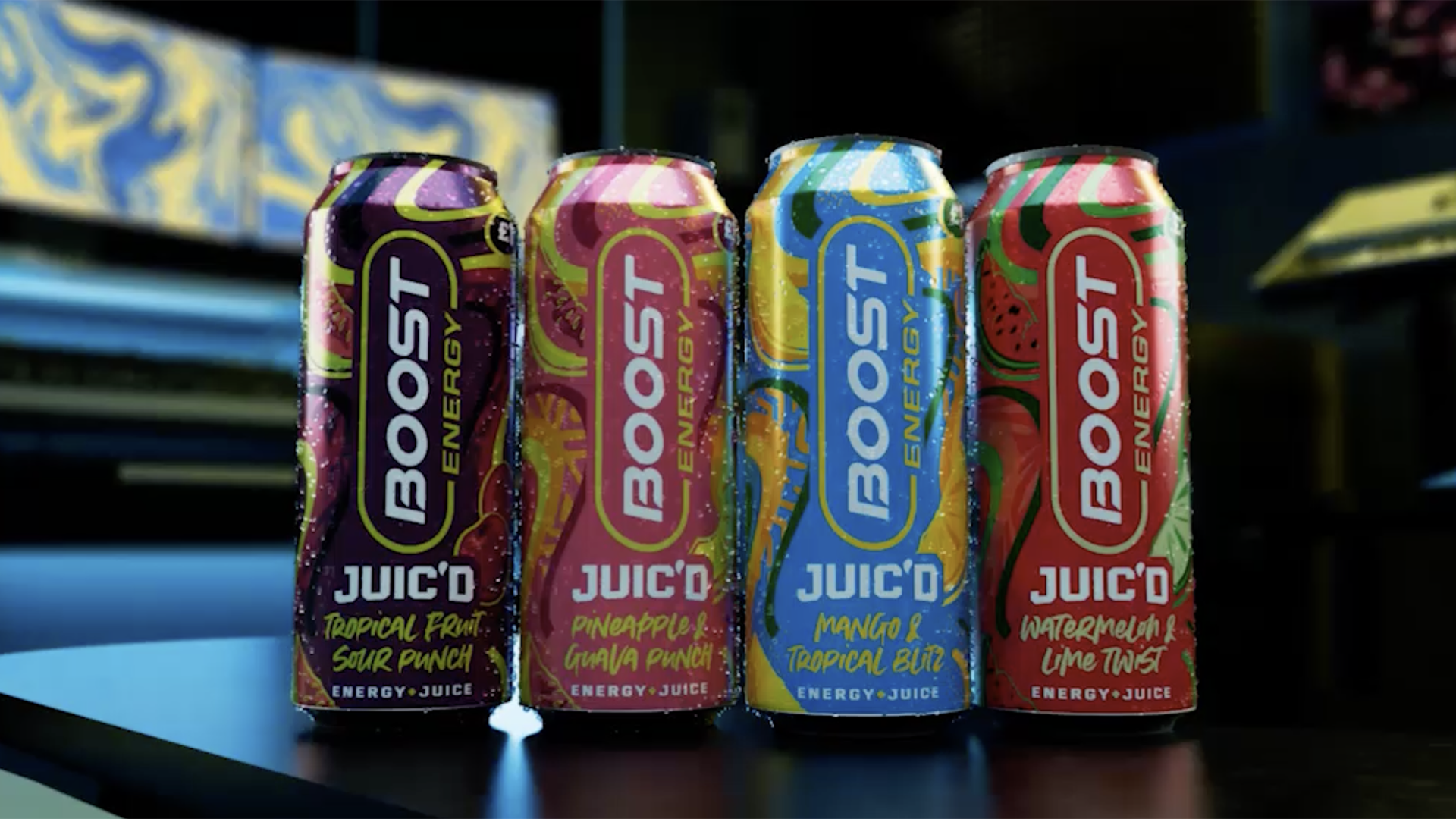
Who's your dream client?
In my professional journey, I have been fortunate to collaborate with some truly remarkable clients who have been nothing short of dream clients. Reebok, adidas, Caterpillar and Dr Martens hold a special place in my heart as I vividly remember incorporating these iconic brands into my teenage wardrobe back in the '90s, sparking a sense of nostalgia that has accompanied me through adulthood.
One brand that I have yet to collaborate with, but I would love to work with, is Abarth, the renowned Italian car brand. With fond memories of owning one in my twenties, I have developed a soft spot for the Scorpio brand and everything it represents. The opportunity to work on projects for these fiery and spirited cars would truly be one to tick off as a future dream client.
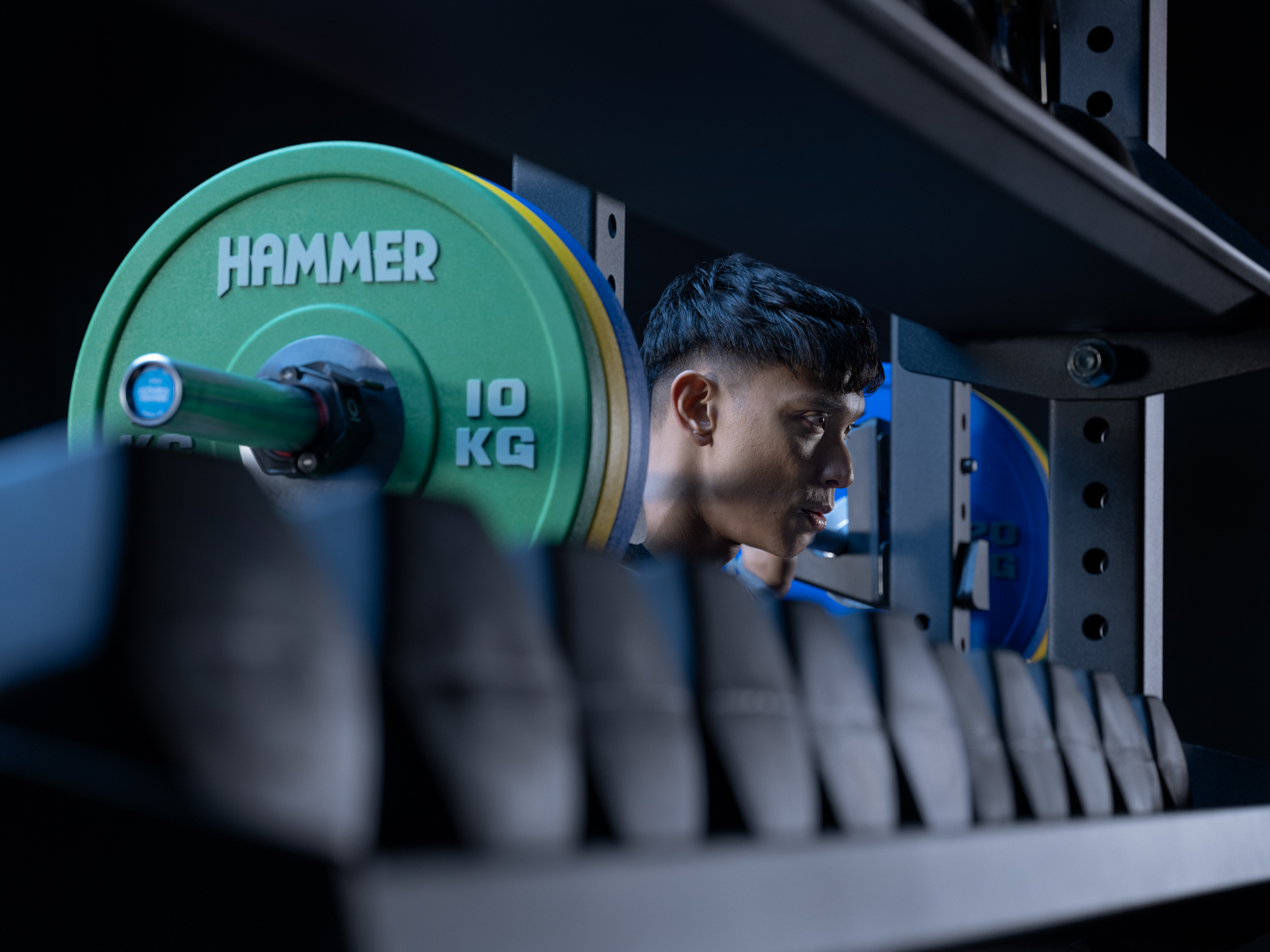
What career advice would you give your younger self?
Looking back on my 20+ years as a designer and creative leader, I can definitely say that I have no regrets when it comes to my career choices and professional journey. However, if I had the opportunity to travel back in time and advise my younger self, I would emphasise the importance of self-belief, trusting in my abilities, and being more confident.
It wasn't until I had worked on numerous significant projects for big global clients and co-founded a creative agency that I truly understood the value of believing in your own capabilities. Throughout my career, I found myself constantly proving to myself that I was skilled in my profession. It's quite astonishing to realise that it took me so long to recognise this. The drive to produce exceptional work for renowned brands has always been present, but it took time for me to fully grasp the significance of self-assurance. If I had realised this earlier in my career, maybe I would have started an earlier version of syn many moons before 2019.
Find out more about syn.
Get the Creative Bloq Newsletter
Daily design news, reviews, how-tos and more, as picked by the editors.

Thank you for reading 5 articles this month* Join now for unlimited access
Enjoy your first month for just £1 / $1 / €1
*Read 5 free articles per month without a subscription

Join now for unlimited access
Try first month for just £1 / $1 / €1
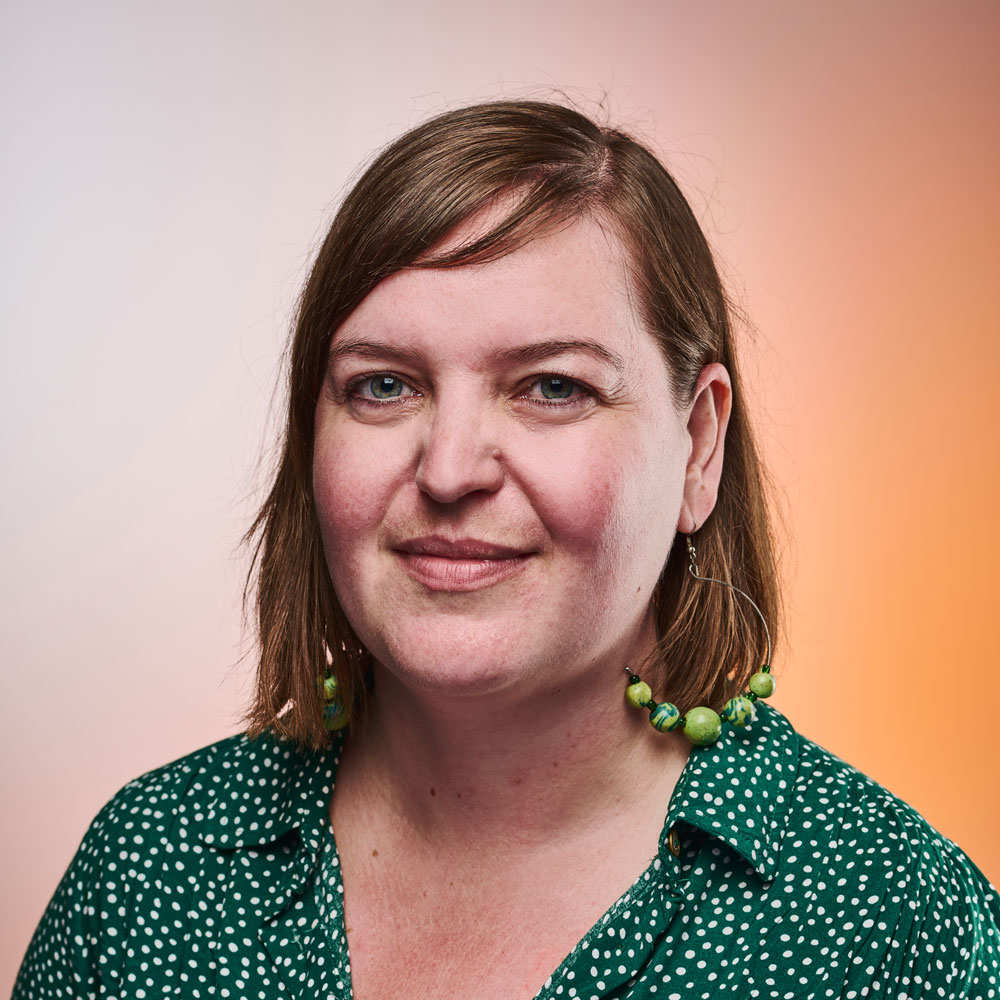
Rosie Hilder is Creative Bloq's Deputy Editor. After beginning her career in journalism in Argentina – where she worked as Deputy Editor of Time Out Buenos Aires – she moved back to the UK and joined Future Plc in 2016. Since then, she's worked as Operations Editor on magazines including Computer Arts, 3D World and Paint & Draw and Mac|Life. In 2018, she joined Creative Bloq, where she now assists with the daily management of the site, including growing the site's reach, getting involved in events, such as judging the Brand Impact Awards, and helping make sure our content serves the reader as best it can.
